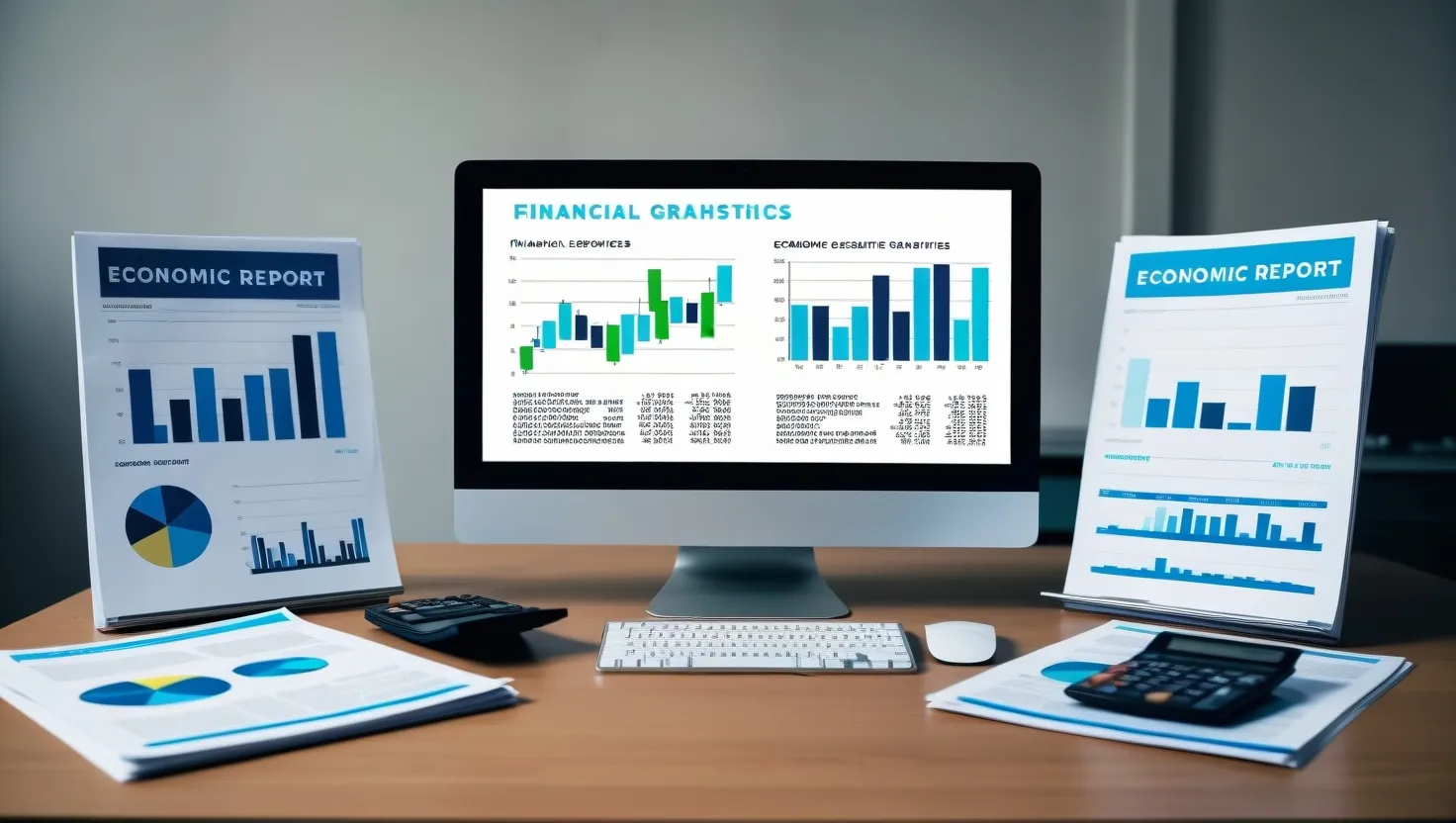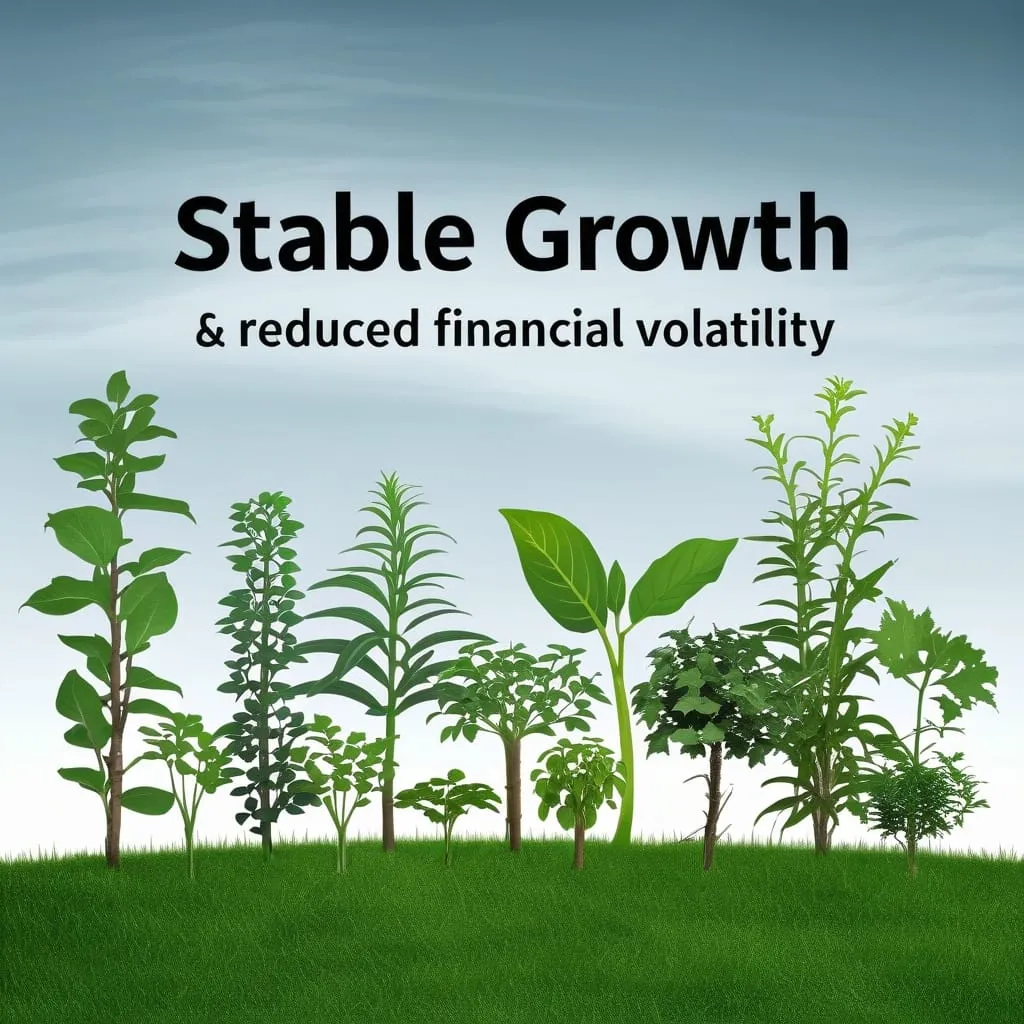As an investor, staying ahead of the curve requires more than just a cursory glance at the financial news. It demands a keen eye on the economic indicators that shape the markets and influence your investment decisions. Here are five key economic indicators that every savvy investor should be monitoring closely.
The Big Picture: Gross Domestic Product (GDP)
GDP is often considered the ultimate metric for a country’s economic health. It measures the total value of all final goods and services produced within a country’s borders over a specific period. But what makes GDP so crucial for investors? It’s not just about the raw number; it’s about the trend.
Imagine GDP as a thermometer for the economy. A rising GDP indicates economic growth, which can be a boon for investors as it often translates to higher corporate earnings and potentially higher stock prices. However, a declining GDP can signal economic contraction, which might prompt you to reassess your investment portfolio.
For instance, if GDP growth is slowing down, it might be a sign that the economy is entering a recession. This could be the time to shift your focus towards more defensive sectors or consider diversifying your investments to mitigate risk.
The Labor Market Pulse: Unemployment Rate
The unemployment rate is another vital indicator that provides insights into the labor market’s health. It’s calculated by dividing the number of unemployed individuals by the total labor force. This simple statistic can have profound implications for investors.
A low unemployment rate typically indicates a strong labor market, which can lead to higher consumer spending and economic growth. However, it can also signal potential inflation, as a tight labor market can drive up wages and, subsequently, prices.
For example, if the unemployment rate is dropping consistently, it might be a good time to invest in consumer discretionary stocks, as people with jobs are more likely to spend money on non-essential goods and services. On the other hand, if the rate is rising, it could be a warning sign of economic slowdown, prompting you to adjust your investment strategy accordingly.
The Inflation Watchdog: Consumer Price Index (CPI)
Inflation is a silent killer of investments, eroding the purchasing power of your money over time. The Consumer Price Index (CPI) is the primary tool for measuring inflation, tracking the average change in prices of a basket of goods and services.
CPI is crucial because it influences interest rates and monetary policy. High inflation can lead to higher interest rates, which can make borrowing more expensive and potentially slow down economic growth. For investors, this means keeping a close eye on CPI readings.
If CPI is rising above the central bank’s target rate, it might be wise to consider inflation-indexed bonds or other assets that historically perform well in inflationary environments. Conversely, if inflation is under control, it could be a good time to invest in growth stocks, as lower interest rates can stimulate economic activity.
The Interest Rate Compass
Interest rates are the lifeblood of the economy, influencing everything from borrowing costs to the value of the currency. For investors, understanding the direction of interest rates is paramount.
When interest rates are low, it’s often a sign that the central bank is trying to stimulate economic growth. This can be beneficial for stocks and other risk assets, as lower borrowing costs can boost corporate earnings and consumer spending. However, when interest rates rise, it can signal that the economy is overheating, and the central bank is trying to cool it down.
For instance, if interest rates are rising, it might be prudent to shift your focus towards fixed-income securities or defensive stocks that tend to perform better in a high-interest-rate environment. On the other hand, if rates are falling, it could be an opportune time to invest in growth-oriented assets.
The Manufacturing Barometer: Purchasing Managers’ Index (PMI)
The Purchasing Managers’ Index (PMI) is a lesser-known but highly influential indicator that provides a snapshot of the manufacturing sector’s health. It’s based on a monthly survey of purchasing managers across various industries and measures key aspects such as new orders, production, employment, and supplier deliveries.
A PMI reading above 50 indicates sectoral expansion, while a reading below 50 suggests contraction. What makes PMI so valuable is its ability to predict broader economic trends before they are reflected in other indicators like GDP or employment numbers.
For example, if the PMI is consistently above 50, it could be a sign of robust economic growth, making it a good time to invest in industrial or cyclical stocks. Conversely, if the PMI is falling below 50, it might indicate a slowdown in the manufacturing sector, prompting you to reassess your investment strategy and potentially move towards more defensive positions.
Setting Up Your Economic Radar
Monitoring these economic indicators is not just about reading the numbers; it’s about interpreting the trends and making informed decisions. Here are a few practical steps you can take:
- Set Up Alerts: Use financial news services or economic calendars to set up alerts for key economic releases. This ensures you stay informed and can react swiftly to any changes in the indicators.
- Adjust Your Strategy: Based on the trends you observe, adjust your investment strategy. For instance, if GDP growth is slowing down, you might want to reduce your exposure to growth stocks and move towards more defensive assets.
- Correlate with Market Performance: Keep an eye on how these indicators correlate with market performance. Sometimes, the market reacts to economic data in unexpected ways, and understanding these correlations can help you make better investment decisions.
The Art of Economic Forecasting
Economic forecasting is an art as much as it is a science. While no one can predict the future with certainty, monitoring these key indicators can provide valuable insights into the economic landscape.
Think of these indicators as pieces of a puzzle. When you put them together, you get a clearer picture of where the economy is headed. For instance, if GDP growth is strong, unemployment is low, and PMI is above 50, it might indicate a robust economic expansion. However, if CPI is rising and interest rates are increasing, it could signal potential inflation and economic slowdown.
Conclusion
Investing is a game of probabilities, and having the right information at the right time can significantly tilt the odds in your favor. By keeping a close eye on GDP, unemployment rates, CPI, interest rates, and PMI, you can make more informed investment decisions and navigate the complex world of finance with greater confidence.
Remember, economic indicators are not just numbers; they are stories about the health and direction of the economy. By listening to these stories, you can position yourself to capitalize on opportunities and mitigate risks, ultimately achieving your long-term investment goals.





